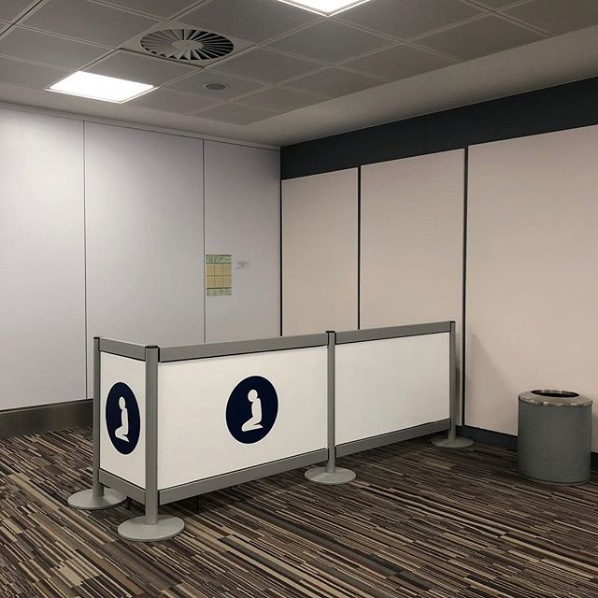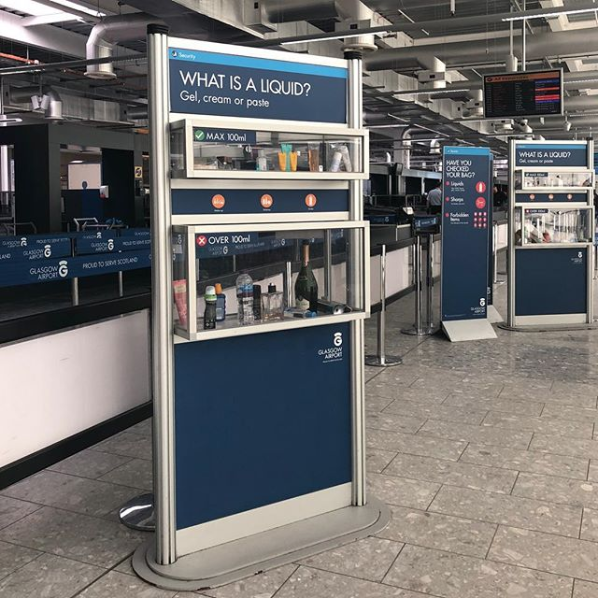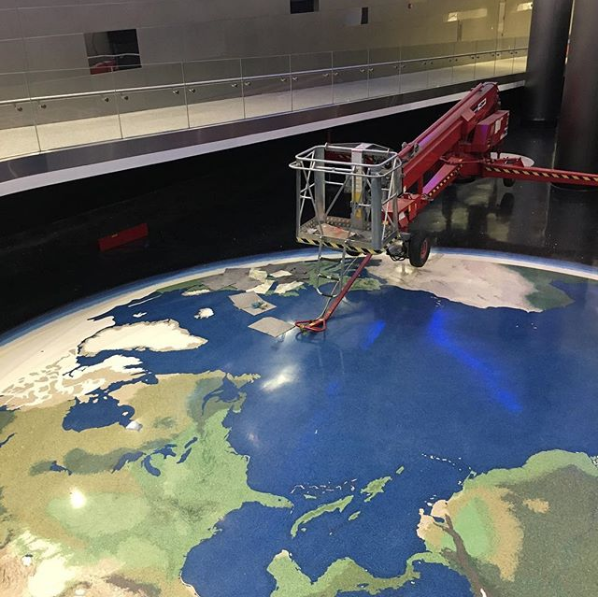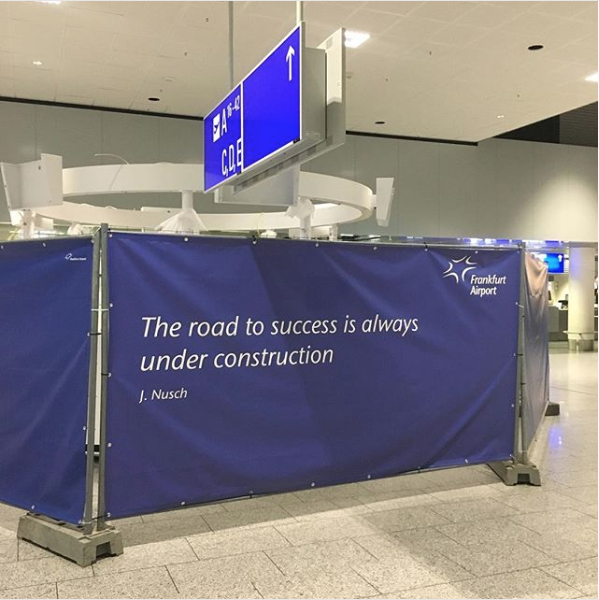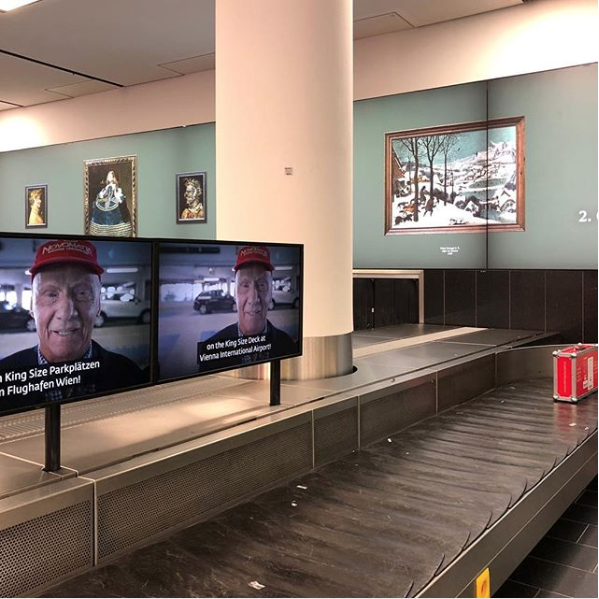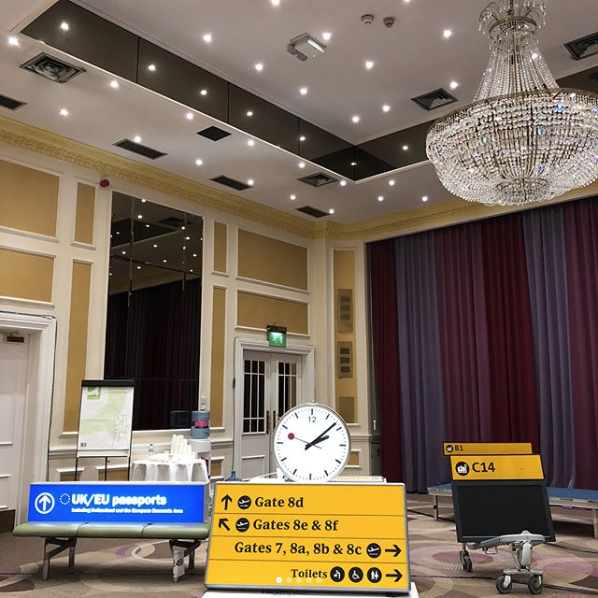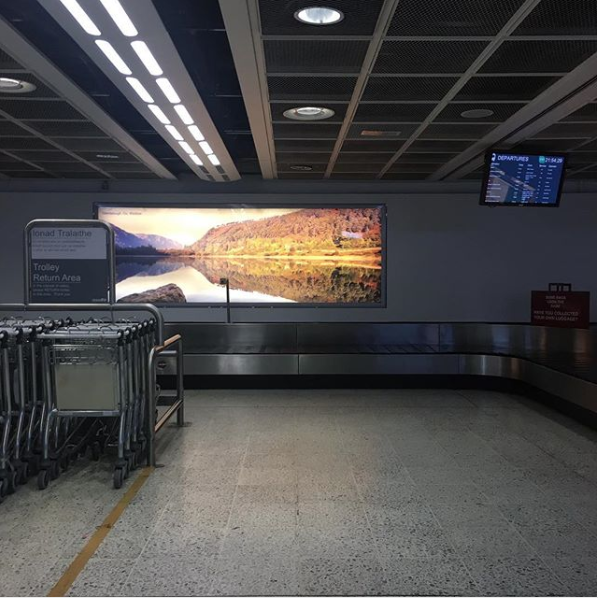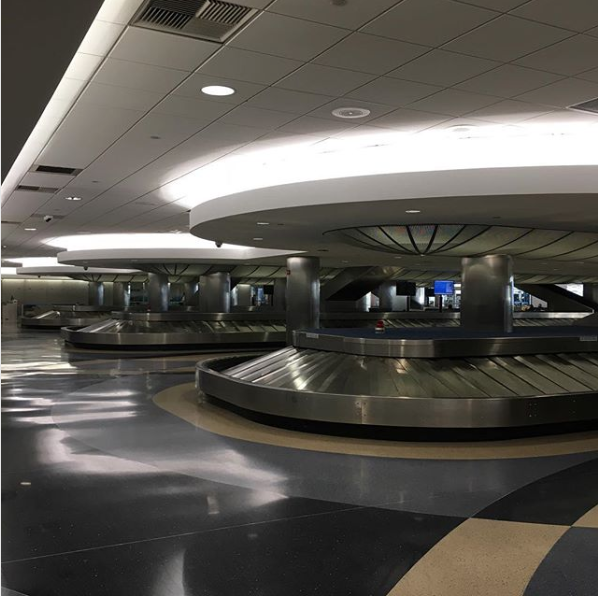Port Authorities
Share:
Mere mention of the word “airport” may trigger certain emotional responses. Some may not be positive. Airports are the unpleasant part of the journey, the necessary evil. But what if airports become the destination?
For most of the past 200,000 years, modern humans spent their lives in the same general area. Walking was the only mode of transportation. Water transport appeared less than 100,000 years ago. The development of the wheel around 3,000 BCE enabled us to travel farther. With the wheel came carts, bicycles, trains, automobiles, and finally airplanes. In just a little more than two centuries, a mere blip on the timeline of human history, the speed of human travel has gone from a few miles per hour to more than the speed of sound. Within a century the airport has rapidly morphed from a barn to a hangar, and from elite aviation clubhouses with grassy runways to institutions that support entire cities. The 1978 US Airline Deregulation Act, exponential increase in routes, lowering of airfares thanks to competition (among other factors), and growth of the global middle class have helped to double the number of air travelers every seven years for the past 100 years. The International Air Transport Association, the trade group representing 290 airlines—82% of total air traffic—foresees 6% to 7% annual growth continuing for the next two decades.
There are three kinds of airports: the ones we tolerate, the ones we avoid, and the ones that are so hospitable we actually look forward to stopping by. Most fall into the first two categories, where passengers are prodded like cattle from line to line. The best airports are concerned with the quality of the journey. Good airports care. They observe and innovate. The question is, why aren’t more airports focused on the traveler’s experience? What will airports look like in 10 years with twice as many people at security check, in line for customs, clamoring for customer service? Dare we ask? I spoke to two airport directors: Kim Day, CEO of Denver International, and Ginger Evans, former Commissioner of Chicago’s Department of Aviation.
Agatha Kessler: William Gibson [stated] that “The future is already here. It’s just not evenly distributed.” Kim, what are the top platforms for you to get your airport to be future-ready?
Kim Day: Well, passenger safety and experience may not seem compatible, but there is no reason they can’t be. Airports continue to be a terrorist target, but we need to develop technology that both improves security while enhancing passenger experience. I’m currently working with TSA [Transportation Security Administration] to implement some of our ideas on this. In the coming years we are also maximizing the value and use of our largest asset: our land. Denver International Airport [DEN] sits on 53 square miles. We have the luxury of containing the majority of our noise at the airport, so it’s not a problem to double our facilities—from six to 12 runways. We currently serve about 60 million passengers a year, and by doubling the airport, that number will go up to 150 million. DEN doesn’t abut Denver, but as we grow we’ll be working with our neighboring municipalities to develop new zoning codes, road infrastructure, collaborative planning. We’d like to help develop commercial districts around the airport.
AK: Ginger, you run two airports in the Chicago area, Midway International Airport and O’Hare International Airport. How do you see new technology aiding in your coming challenges?
Ginger Evans: The development and implementation of innovative technologies is definitely on the horizon, some closer than others. We need federal regulations to make change happen—regulation that will not only enhance airports but the overall transportation ecosystem. We’re modernizing both airports specifically to improve passenger experience and operational efficiency, and as Kim mentioned, the biggest challenge is the implementation of the raw technology needed for security that meets 21st-century demands.
AK: What kinds of technological implements should we expect?
GE: At O’Hare we started a pilot program using facial recognition to verify passenger identity. It’s not used system wide right now, and again, adopting any kind of broad-based security would require us to coordinate with the TSA and US Customs and Border Protection [CBP]. We’ve been researching and identifying ways that artificial intelligence could enhance passenger experience. We used to talk about “fuzzy logic,” which basically used collected data to predict outcomes managing building systems. When should we cool the building, when should we heat it? Machine learning and AI is essentially a more advanced version of predicting outcomes by looking at historical data. AI could also help us learn about the short-term cycles of passenger habits. For instance, arrival patterns really affect peak security processing demands. The better we are at analyzing these patterns, the better we will be at finding the new systems to improve operation. Information is key to these improvements, on all sides. The more information about the passengers we have, the better we can provide for them. The more information we can provide for our passengers, the more the quality of their time in the airport will increase.
AK: How about outside the terminal, on the curbside? With the introduction of Uber and Lyft, how do you view these transport network companies?
KD: Well, the proliferation of transport network companies [TNCs] has sent shock waves through the traditional transportation-for-hire community. We’re seeing taxis lose business, and our parking revenues have suffered. The traveling public has embraced them, so we need to rethink our curb operations. Ultimately they’ll have to pay their fair share. At the same time, we’re preparing ourselves for the advent of self-driving cars.
GE: I want our visitors to have a wide choice of travel options getting to and from the airport. Airports are the place where air transportation meets ground transportation. I see the services offered by TNCs as part of our overall ground transport offering, which includes the Chicago Transit Authority, shuttles, taxicabs, limos, and parking facilities. As Kim said, there’s no question that ride-share has significantly changed the landscape of travel in cities nationwide. On a practical level, there is much more demand for curb space, which already comes at a premium. TNCs have also made a significant impact on the revenue we get from parking. Going forward, it’s obvious that we need to develop more robust and diverse revenue sources to sustain operations.
AK: Many industries have been predominantly a man’s world. Aviation is one of them, especially at the top. It is hard to believe that in the era when so much emphasis is placed on gender equality that women are still severely outnumbered in aviation. According to Women in Aviation International, 6.6% of pilots are women in the US, 3.3% in the UK, and the global average of women pilots is only 3%. A Women Matter report from McKinsey states that “companies where women are most strongly represented at board or top management level are also the companies that perform the best.” And yet, according to Airports Council International, of the more than 500 commercial airports in the US, only 30 are run by women directors or acting directors. You are the leader of Denver International Airport, one of America’s top five biggest and most complex airports. What are the challenges you’ve encountered as a woman?
KD: You’re right, the airport industry has traditionally been and remains male dominated. My path to airport management circumvented many of the established industry norms. For example, I was never a pilot, nor had I experience in managing smaller airports to prepare me for taking leadership of major airports. To some degree, my unconventional pathway was an advantage that may have short-circuited resistance to my rise as a woman. My background is in architecture and construction management, and this matched the needs of a growing group of airports at Los Angeles World Airports. DEN’s continuing facility improvements and expansions [were reasons] I was selected for this position. As an architect and planner, my strength is establishing a vision, building the right team, working to gain consensus, and being able to see a project through to completion.
AK: Airports are continually evolving to the current demands and needs of society, and adapting to TNCs is just one example. I’m thinking of Kansas City’s so-called Airport of the Future, built for TWA in the early 1970s, which was designed following a drive-to-your-gate model of planning, meaning gates were just 75 feet from the roadway. This was pre-security checkpoints. When security became a central component of airports later in the 1970s, this model became obsolete as security checkpoints had to be installed at each gate rather than in a centralized area. While we still find airports operating this way around the world—Berlin-Tegel is another example—they aren’t passenger friendly, as they tend to not have any amenities, not to mention enough restrooms post-security. Ginger, how are you staying on top of predicted trends to make sure the airports you lead are optimizing the passenger experience? What kind of projects are in the future, and what is your timeline with [them]?
GE: We’ve just recently announced an $8.5 billion capital program with our airline partners. It will expand O’Hare for the first time in 25 years, increasing terminal square footage by 3 million square feet and linear gate frontage by 25%. We want to remain one of the world’s best-connected airports. This year we’re adding nine new international flights, making us the most connected airport in the United States based on the highest possible scheduled connections to destinations served.
AK: Does enhanced global connectivity likewise enhance the traveler’s experience at O’Hare?
GE: Yes! Increased gate capacity will heighten airline performance, reduce flight delays, and expand travel options for customers. Larger arrival facilities will offer more amenities, streamline security processes and flight connections. Part of the expansion plan, the first improvements of which will be realized as soon as 2021 with the Terminal 5 expansion, includes self-service technologies that will allow passengers to quickly check in for their flight and drop off their bags on their own. These changes go beyond the airport and have an urban dimension as well. The more connected the airport, the bigger it is, creating new, good, paying jobs and spurring long-term economic growth for the city.
AK: I’m fascinated by this network of influence created by the airports. Can you both speak more about the relationship between your airports and [their] urban context?
GE: Well, O’Hare and Midway are a vital and integrated part of Chicago. Our travelers and workforce are primarily Chicagoans. The relationship is reciprocal. We’re the city’s main economic engine. We provide 400,000 jobs, and we generate more than $39 billion in annual economic impact. As an institution, we benefit greatly from Chicago: the schools, work ethic of the people, culture. Over the next eight years, 60,000 construction jobs will be created, followed by 60,000 additional permanent jobs each year by 2027.
KD: Likewise, Denver International Airport is the region’s most powerful economic generator, and because of this it’s also an institution that connects the community with lawmakers. I often tell people that I have the best job in America, and that is largely due to the fact that I’m able to work closely with both community and political leaders. I report to the mayor, and our major contracts are approved by city council, but our relationship is one of committed collaboration. With nearly limitless support, our elected leaders encourage us to become a world-class airport.
This interview has been edited and condensed.
Agatha Kessler is cofounder of Aerial Futures, an independent think tank that sparks interdisciplinary conversations among leading thinkers, makers, and operators of our aerial age. Kessler is also the Chairman of Fentress Architects, an international architecture firm that has designed some of the world’s best airports, according to Airports Council International.
Ginger S. Evans is Commissioner of Chicago’s Department of Aviation and manages one of the world’s busiest airport systems, consisting of O’Hare and Midway international airports. Evans’ 30 years of aviation experience include airports in Washington, D.C.; Denver; Europe; the Middle East; and Latin America.
Kim Day, CEO of Denver International Airport, leads the nation’s fifth-busiest airport. Day is heading a redevelopment of the airport’s iconic, tented Jeppesen Terminal that will improve DEN’s security model and increase its capacity. She is also leading the expansion of DEN’s concourses by adding 39 new gates. Day’s 35 years of experience include Denver and Los Angeles World Airport.
